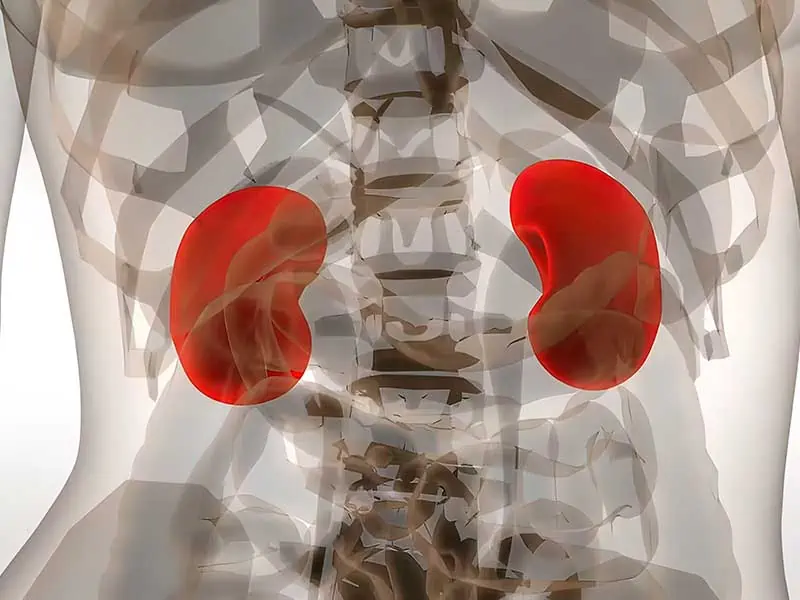
Issue 10/2022
Assoc. Prof. D. Paskalev, MD, PhD
The epoch-making discovery of Wilhelm Röntgen (1845-1923), made at the very end of 1895, spread like wildfire around the world immediately after the first publication in the Viennese newspaper Die Presse on January 5, 1896. On January 23, 1896, the great scientist makes a presentation to the Physicalisch-Medizinisches Gesellschaft in Würzburg about the new X-rays (the name is given by him), describing their properties. The culmination of the performance is the demonstration of the permeability of soft human tissues to X-rays; Röntgen made a graph of the palm of the famous anatomist Rudolf von Kölbiker (1817-1905), which clearly shows the bone structure. At this memorable meeting, the old anatomist suggested that the X-rays bear the name of their discoverer, as they are known today, except in English literature. He began a vigorous study of the human body with X-rays, and Röntgen became the first winner of the Nobel Prize in Physics in 1901. In 1896, more than 1,000 scientific reports on the new rays were published, more than 500 in medicine. They are beginning to look for ways to depict the urinary system. The article describes brief historical facts about the X-ray imaging of the urinary system.
Address for correspondence:
Assoc Prof Dobrin Paskalev MD, PhD
Medical College, Medical University of Varna,
55, Marin Drinov, Str.
9000, Varna
e-mail: dobrinpaskalev@yahoo.com
tel: 00359-887-765-313
